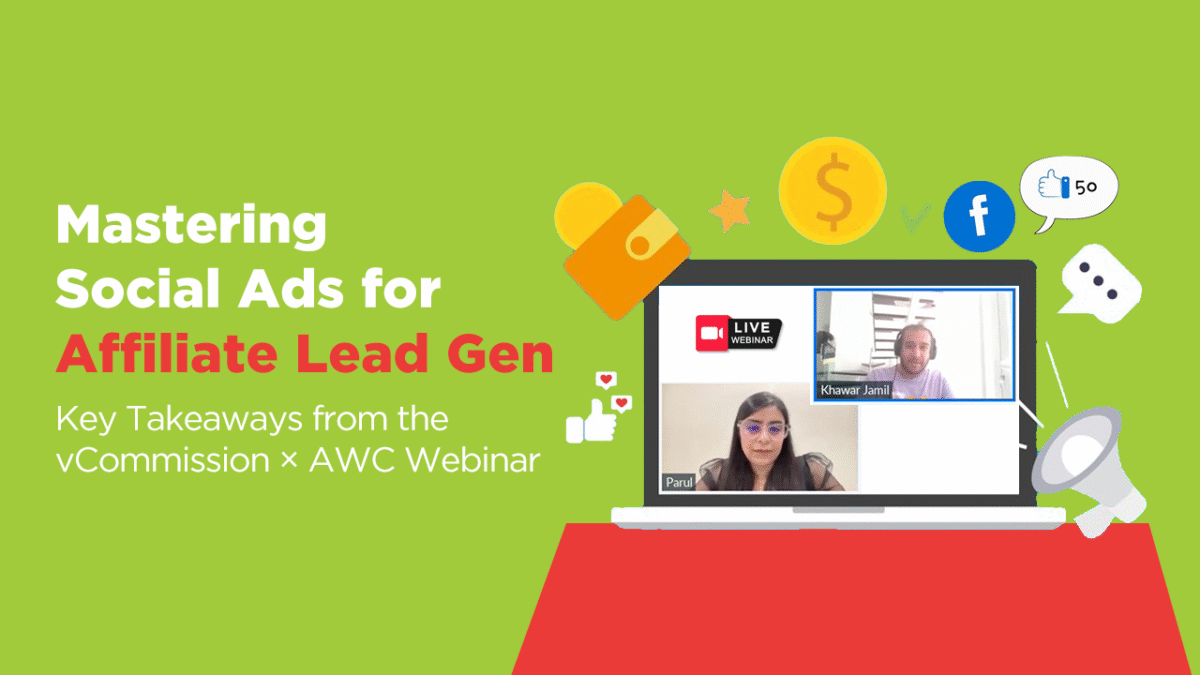
Social media ads are everywhere, but how do you actually use them to get real leads as an affiliate? It can be tricky for affiliates to know which offers work best, how much to spend, and where to find good traffic.
To help cut through the noise, vCommission joined hands with Affiliate World Conference to host a webinar titled “Mastering Social Ads for Affiliate Lead Gen.” Led by Parul Mehta Bhargava (CEO, vCommission) and Khawar Jamil (COO, Affiliate World Conferences), the session offered practical strategies for running profitable lead generation campaigns using paid social ads.
If you missed the live session, don’t worry. This blog shares the key takeaways from that session, so you can understand how to pick the right offers, budget your campaigns, and find the best places to advertise. If you want to make your social ads work better and get more leads, keep reading.
Lead generation (or lead gen) means attracting potential customers and collecting their contact details, like phone numbers or emails, so businesses can follow up and convert them into buyers. For affiliates, lead gen is a powerful way to earn commissions by sending high-quality leads to advertisers. But with many brands competing online, mastering social ads to generate leads efficiently is crucial to stand out and succeed.
Khawar Jamil began the webinar by highlighting a common dilemma for newcomers:
Should you start by running your own campaigns or work through affiliate networks?
He strongly recommends starting with affiliate networks because:
This advice is golden for beginners. Working with a network helps you understand the market better without a heavy upfront investment.
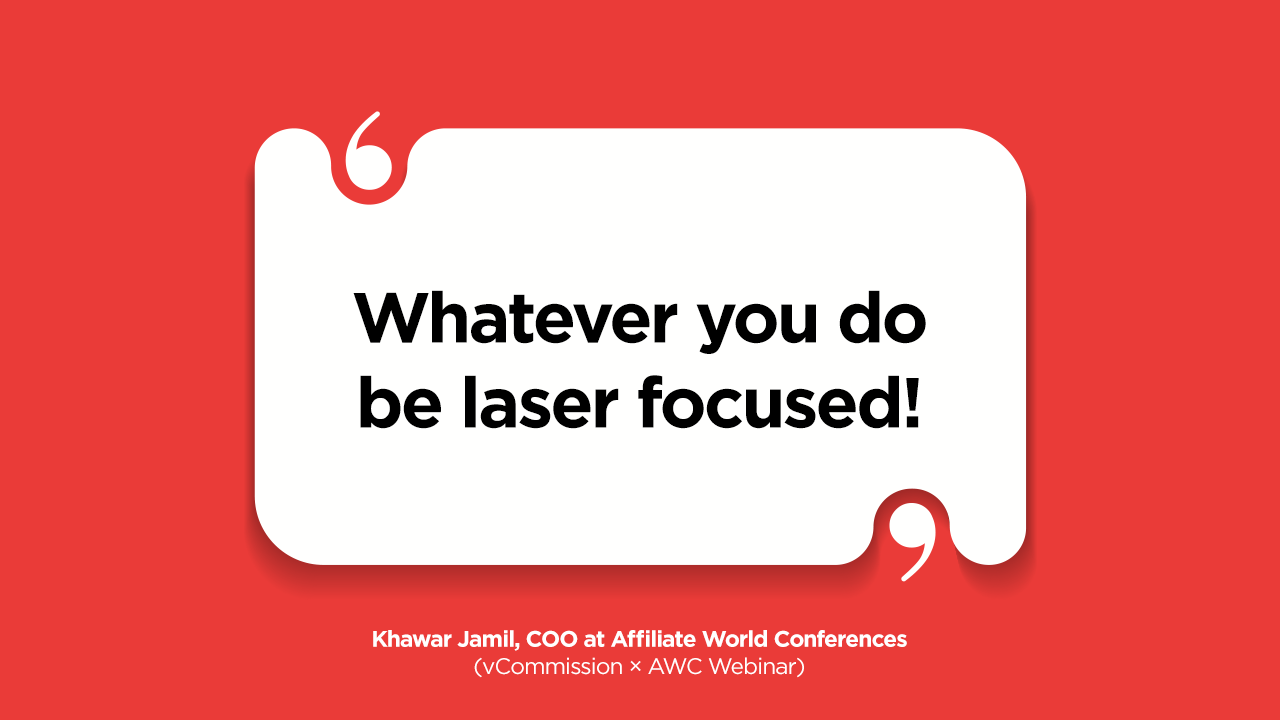
Choosing the right Cost Per Action (CPA) offer is the backbone of successful lead gen. Khawar shared some practical tips:
Tip 1. Talk to Your Affiliate Manager
Your affiliate manager is your best friend in the business. They have real-time data and know what’s working across the network. Don’t hesitate to ask them:
This personalized guidance can save you time and money.
Tip 2. Promote Recognizable Brands
When starting, pick offers from well-known, trusted brands. For example, if you’re in the travel vertical, Booking.com is a great choice because people already trust the name. This reduces friction and boosts conversion rates since you don’t have to convince users from scratch.
Tip 3. Explore New Verticals
While proven verticals (like insurance or dating) may look attractive, they’re often saturated with competition. Parul Mehta Bhargava advised looking for new or less crowded verticals. These have less competition and give you a better chance to win and scale.
Tip 4. Spy on Your Competitors (The Smart Way)
Use tools like AdPlexity, SpyFu, and Facebook Ad Library to see what your competitors are doing. But remember- Don’t just copy their ads or funnels. Instead, analyze what’s working and improve it. For example, if User Generated Content (UGC) ads are trending, understand their style, script, and structure. Then create your own improved version with higher quality or better messaging.
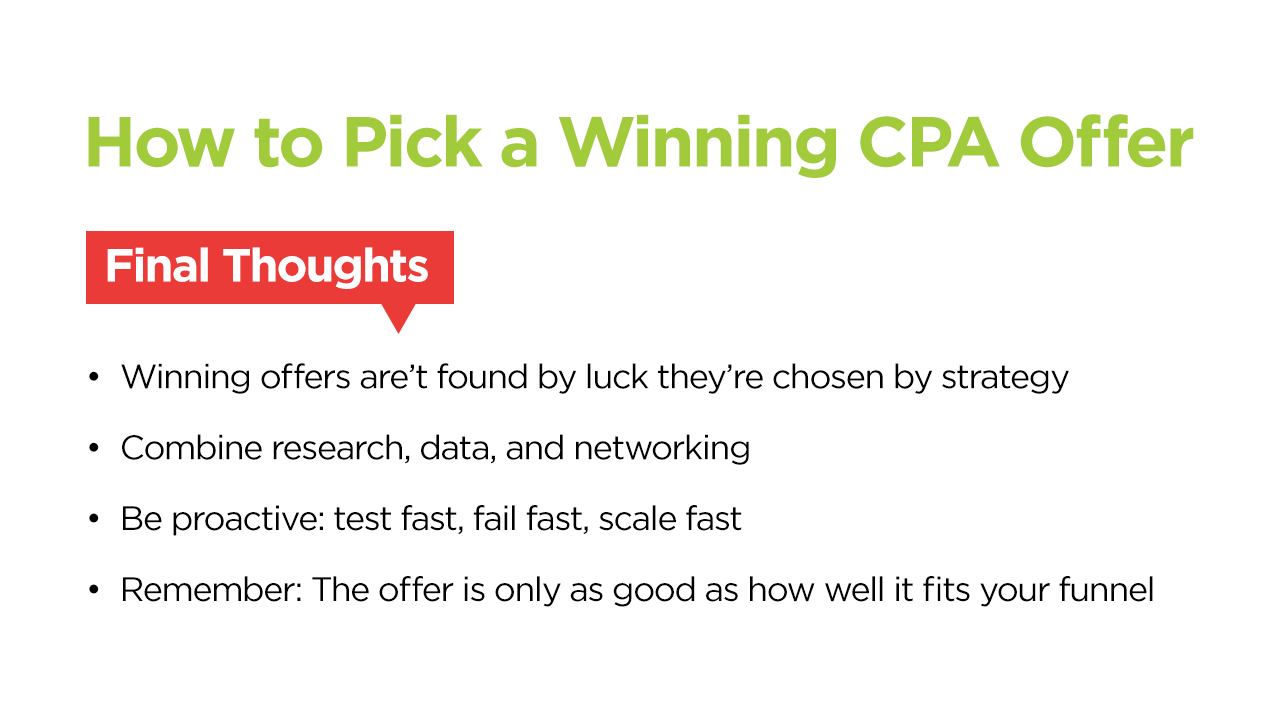
The webinar also covered why and when affiliates might want to launch their own lead-gen brand instead of working only through networks.
Advantages
Disadvantages
If you go this route, Khawar advised understanding how to price your leads correctly, including options like:
Validating leads (via phone and email verification) can help you charge extra by guaranteeing quality.
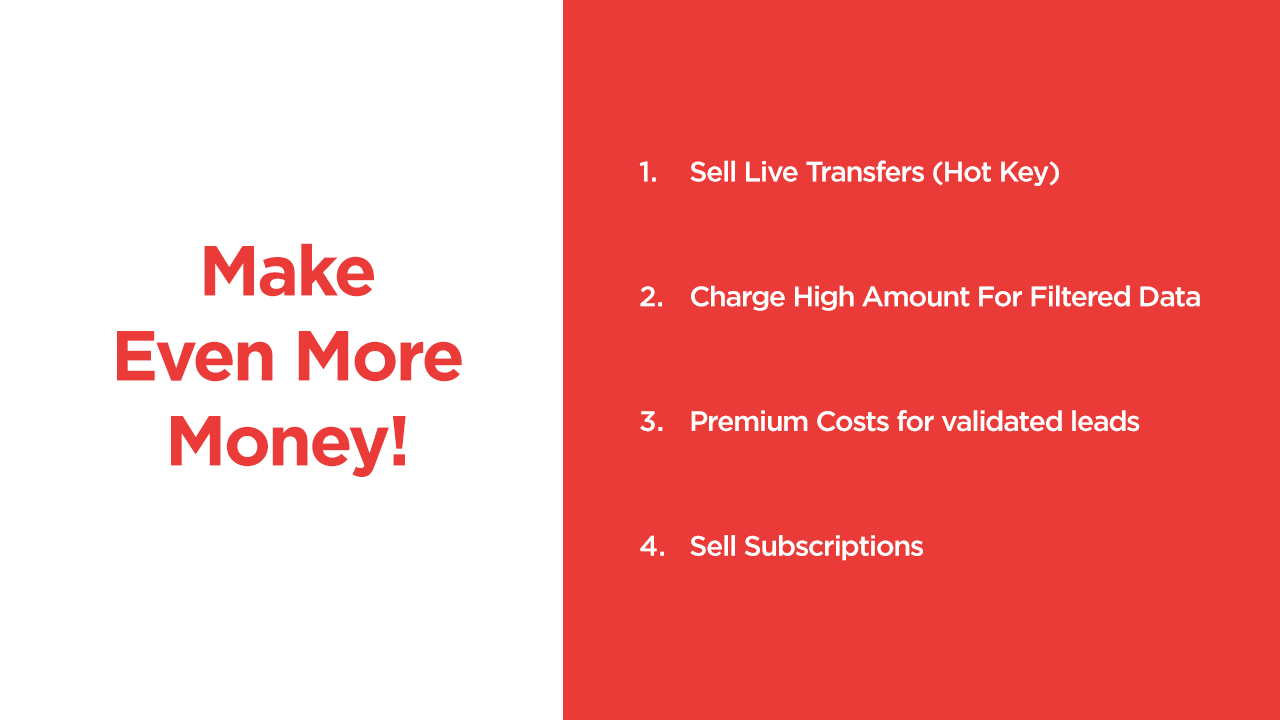
Khawar explained the three key stages when building your own lead gen funnel:
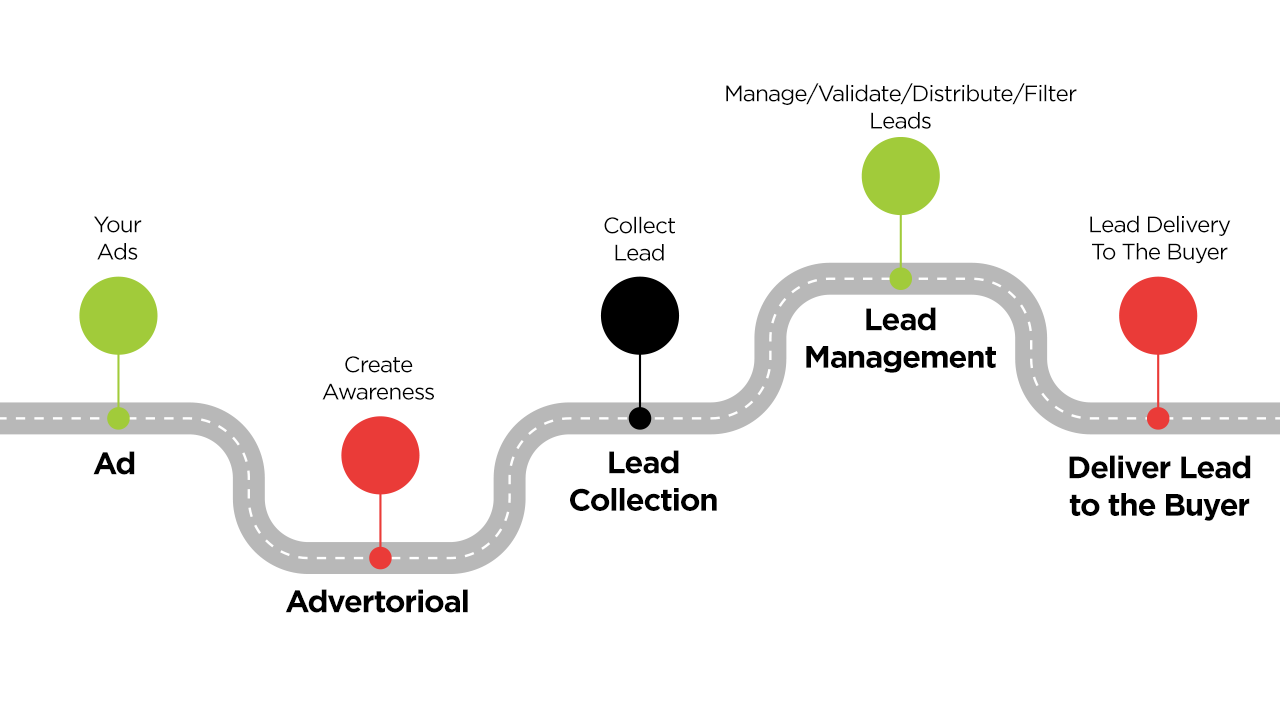
Further, he discussed advertorials, a blend of ads and editorial content. They look like regular blog posts but subtly promote a product while educating the reader. Common types include:
Affiliates often ask: Should I target a small area or go national?
The answer depends on your traffic sources and offer strength. The webinar explained the distinction:
Knowing your funnel capacity, traffic quality, and lead buyer network helps you pick the right type of vertical.
With this, Khawar took everyone through how to find the right buyers who actually want quality leads:
Multiple platforms can deliver traffic for your lead-gen campaigns. Khawar highlighted platforms like:
If you send low-quality or invalid leads, buyers won’t return, and your campaigns will lose credibility fast.
To keep buyers happy, focus on:
Mastering social media ads for affiliate lead generation takes strategy, testing, and the right guidance. Whether you choose to start with affiliate networks or build your own lead-gen brand, understanding your offers, traffic sources, and how to maintain lead quality is essential. The insights shared by industry experts, Parul Mehta Bhargava and Khawar Jamil provide a strong foundation to help you grow your campaigns effectively in 2025 and beyond.
Stay honest, stay adaptable, and focus on delivering value; this is how you turn clicks into real, profitable leads.
Native traffic gave the best results with a lead-to-sale conversion rate of over 50%. Push notification. Traffic from sources like PushNami and Notify AI also performed exceptionally well. Facebook and Google gave 20-35% conversion rates.
Build your network by socializing with industry people. Connect with affiliate managers and traffic network representatives. Learning from experienced people helps more than just hunting for offers alone.
Ask your affiliate manager and traffic network representatives about average CPL and expected results. Test traffic sources based on that info, adjusting bids and offers accordingly.
Yes, pay-per-call still has strong potential and is preferred by many buyers for its quality. But new regulations are coming, so be ready to adapt if you want long-term success.
The key is to avoid misleading your audience. Always stick to the facts and clearly represent the offer. You can still create attractive, clickable ads, even some that are a little “clickbait-y”, but there’s a line you shouldn’t cross.